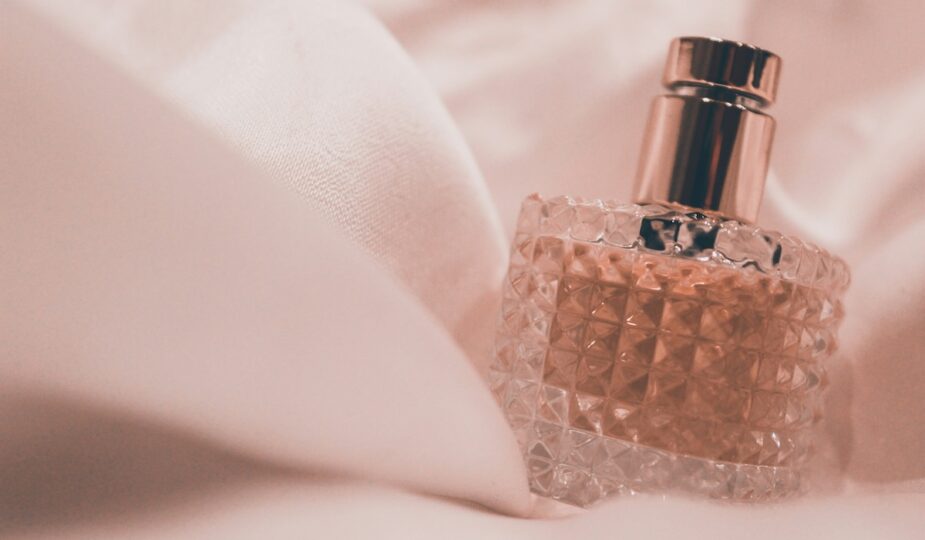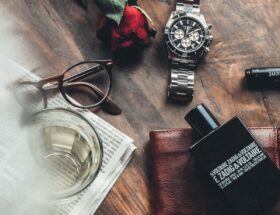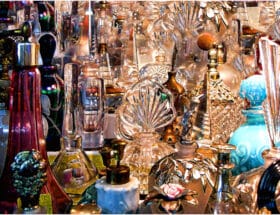The art of perfumery in the Middle East is as ancient as civilization itself. From the grand bazaars of Cairo to the souks of Dubai, fragrance has long been a symbol of status, spirituality, and personal identity. Unlike the fleeting floral and citrus-based Western perfumes, Middle Eastern perfumery is rooted in deep, opulent notes of oud, amber, and musk—ingredients that have captivated the world for centuries.
Today, these traditionally Arabian scents are no longer confined to the region. Luxury perfume houses—from Chanel and Dior to Tom Ford and Amouage—have embraced Arabian influences, incorporating rich, resinous notes into their high-end compositions. But why are these fragrances now at the forefront of global perfumery? And what makes the Middle Eastern approach to scent so unique?
Let’s explore the enduring legacy, influence, and craftsmanship of Arabian perfumes, and how they continue to redefine modern luxury fragrances.
The Legacy of Perfume in the Middle East
Unlike in the West, where perfumes are often worn as an occasional accessory, in the Middle East, fragrance is deeply intertwined with daily life, tradition, and spirituality. Perfumes are not just worn on the skin but are infused into clothing, hair, and even homes, with incense burners filling rooms with aromatic oud, myrrh, and frankincense.
Historical records show that the ancient Egyptians, Babylonians, and Persians were among the first civilizations to perfect the art of perfumery. The legendary Queen Cleopatra was known for her intoxicating perfume blends, using ingredients sourced from Arabia. Perfume was also a key element of Islamic culture, used in religious rituals, hospitality, and personal grooming.
The trade routes of the Middle Ages saw Arabian perfumes reach the courts of Europe, where they were coveted for their exotic, long-lasting aromas. Today, these scents remain the heart of Middle Eastern fragrance culture, passed down through generations of master perfumers.
What Makes Arabian Perfumery Distinct?
The Power of Oud: The Liquid Gold of the Middle East
No discussion of perfume in the Middle East is complete without mentioning oud—the most prized and expensive fragrance ingredient in the world. Known as "liquid gold", oud is derived from the resin of the agarwood tree, which only produces its rich, intoxicating scent when infected with a specific type of mold.
Why is oud so expensive? The process of forming oud resin can take decades, making it one of the rarest natural fragrance ingredients. Oud’s complex scent profile—ranging from smoky and leathery to sweet and balsamic—has made it a cornerstone of Arabian perfumery for centuries.
Western brands have now embraced oud in luxury compositions. Tom Ford’s Oud Wood, Dior’s Oud Ispahan, and Gucci’s Intense Oud are just a few examples of high-end designers borrowing from Middle Eastern traditions to create modern, opulent scents.
Amber: The Warm, Golden Heart of Arabian Fragrance
Amber in perfumery is not the fossilized resin we associate with jewelry but rather a rich, warm blend of labdanum, benzoin, and vanilla. Known for its deep, sweet, and resinous warmth, amber forms the sensual base of many Middle Eastern perfumes, adding longevity and richness.
One of the most famous amber-heavy scents inspired by Arabian perfumery is Guerlain’s Shalimar, a fragrance that revolutionized Western perfumery in the 1920s with its oriental, spicy-amber composition. Today, amber remains a staple in luxury perfumery, bridging the gap between Eastern opulence and Western elegance.
Musk: The Sensual Signature of Middle Eastern Scents
In traditional Arabian perfumery, musk plays a vital role, offering a sensual, skin-like warmth that lingers for hours. Originally derived from the glands of the Tibetan musk deer, today’s musk is synthesized, allowing for a clean yet deeply seductive aroma.
Musk-based attars—concentrated oil-based perfumes—are widely used in the Middle East, applied directly to the skin, or mixed with oud and rose for a truly distinctive scent. Western brands have long sought to capture the magic of musk, with fragrances like Kilian’s Musk Oud and Narciso Rodriguez for Her paying homage to Arabian traditions.
How Arabian Perfumery Has Influenced Global Luxury Scents
Middle Eastern perfumery is not just about ingredients—it’s about intensity, longevity, and depth. Unlike many Western fragrances that fade within hours, Arabian perfumes are designed to last all day, thanks to their oil-based compositions and layering techniques.
Today, luxury brands have adapted Arabian fragrance rituals into their collections. Niche houses like Amouage, Maison Francis Kurkdjian, and Clive Christian have embraced the art of complex, bold, and opulent fragrances, catering to a clientele that appreciates depth and richness. Even mass-market brands have followed suit, with Lancôme’s Oud Bouquet and YSL’s M7 Oud Absolu becoming mainstream successes inspired by Arabian scents.
Across the Gulf, brands like V Perfumes have preserved the region’s fragrance traditions while catering to a modern audience, offering a bridge between heritage and contemporary luxury. Their collections, rich in oud, musk, and amber, showcase the enduring appeal of Arabian perfumery in today’s global market.
The Lasting Power of Middle Eastern Perfumery
What makes perfume in the Middle East so enduring? The answer lies in its unapologetic richness, deep cultural roots, and luxurious ingredients. While Western perfumery often follows trends, Arabian perfumery preserves traditions, crafting scents that are both timeless and unforgettable.
As global perfume lovers continue to embrace the depth of oud, amber, and musk, the influence of Middle Eastern fragrance will only grow stronger. Whether through the smoky warmth of oud-infused designer scents or the traditional elegance of attars, the world of perfumery owes much to the enduring legacy of Arabian scents.
For those looking to experience the magic of Arabian perfumery firsthand, exploring brands like V Perfumes offers a gateway into the true essence of Middle Eastern fragrance artistry.
Final Thoughts: Middle Eastern Perfumery
Middle Eastern perfumery is not just a passing trend—it is a legacy of luxury, depth, and artistry that has shaped global fragrance preferences for centuries. As the West continues to rediscover the allure of Arabian scents, the future of perfumery remains undeniably rooted in the traditions of the Middle East.
What’s your favorite Arabian-inspired fragrance? Let us know in the comments!


